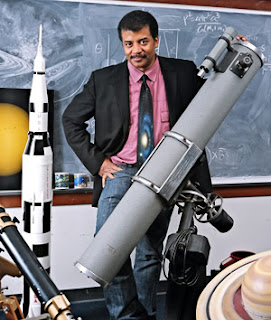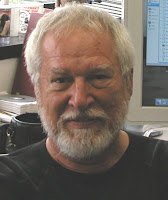Scrooge Embraces Industrial Research and Other Tales from a Scientist's Conversion
I ran across this clever adaption of Dickens' classic story of Christmas redemption a few days ago. The authors use the story's structure to present a resume of Steve Shapin's The Scientific Life: A Moral History a Late Modern Vocation . I love the idea. I also love the acting. Check it out here . If the podcast has a flaw, it's probably that it's a bit of an in-joke: its the sort of thing you might assign a class of upper-level STS majors. It's not a way to convince the unconvinced. For readers of this blog, it's noteworthy where the ghosts of science in the early twentieth century and late twentieth century end up: in US industrial research divisions.


















